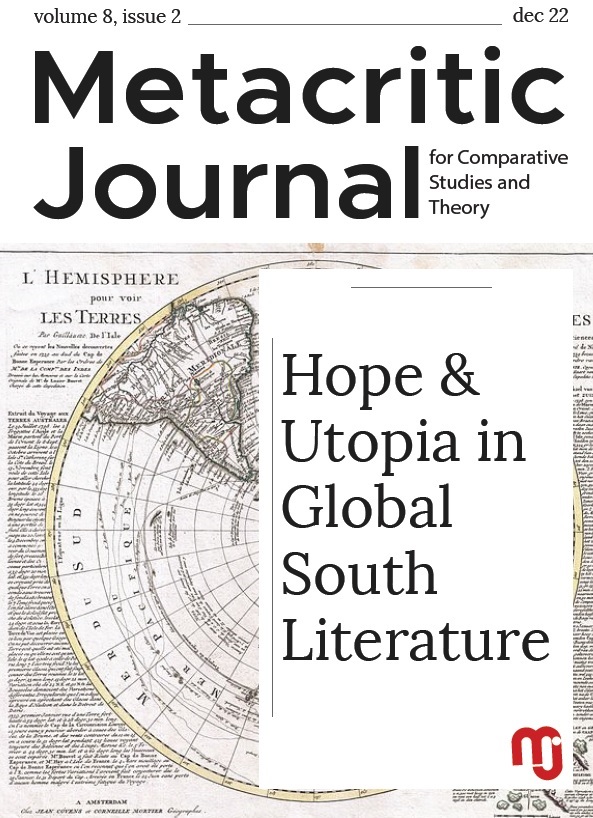South Asian Village and the (Im)Possibility of Utopia. Tarashankar Bandyopadhyay’s The Tale of Hansuli Turn
South Asian Village and the (Im)Possibility of Utopia. Tarashankar Bandyopadhyay’s The Tale of Hansuli Turn
Author(s): Binayak RoySubject(s): Language and Literature Studies, Studies of Literature, Comparative Study of Literature
Published by: Universitatea Babeş-Bolyai
Keywords: utopia; heterotopia; space; myth; critical utopia;
Summary/Abstract: Tarashankar Bandyopadhyay’s The Tale of Hansuli Turn depicts a utopic, autochthonous, and indigenous rural community, the Kahars, in a state of transition. The marginalized community is certainly not a homogeneous and monolithic one, there are stratifications in professional identities; women are forced to migrate to be employed in workshops or rail-line employment. The airbase and airplanes during World War II signify offstage imperial and existential catastrophe. The narrative celebrates change and subtly sympathizes with the rebel Karali, who has embraced the gospel of development and is a harbinger of radical change, returning to Hansuli Turn, with the promise of a new beginning after the destruction of the old order. A “New Hansuli Turn” is born after negotiations with the colonial order. Unlike many other postcolonial texts, The Tale of Hansuli Turn re-conceives the present by re-telling the past without being nostalgic. Its vision of the future is a transformation of the present.
Journal: Metacritic Journal for Comparative Studies and Theory
- Issue Year: 8/2022
- Issue No: 2
- Page Range: 119-137
- Page Count: 19
- Language: English

